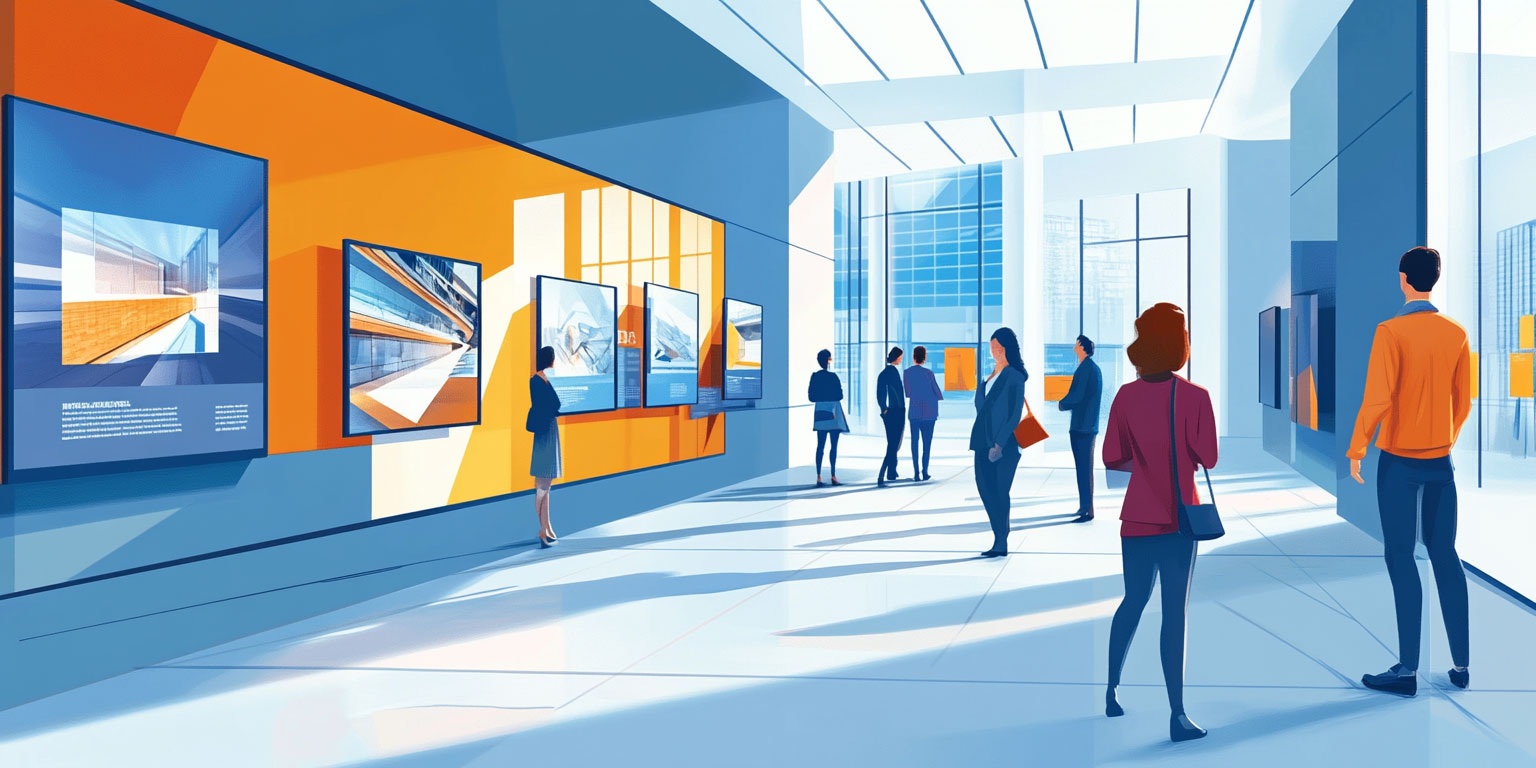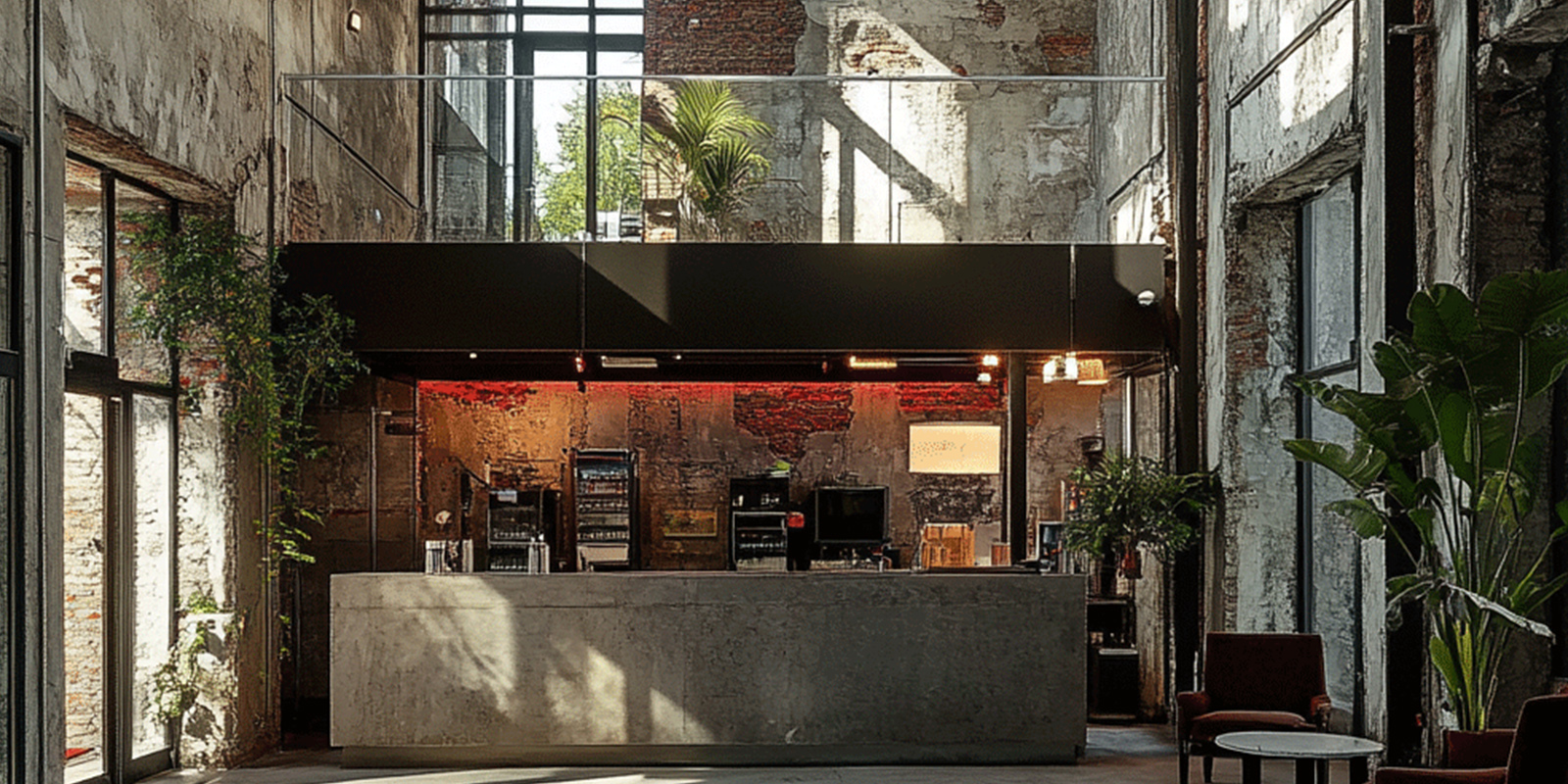In an era where urban landscapes are rapidly evolving, architectural journalism has emerged as a critical voice in shaping the future of cities. This specialized form of journalism plays a pivotal role in educating the public, influencing policy, and holding architects, urban planners, and developers accountable for their contributions to the built environment. In this comprehensive article, we delve into the multifaceted role of architectural journalism in urban development, examining its historical roots, current functions, challenges, and future potential.
Understanding Architectural Journalism: An Overview
Before exploring the specific impact of architectural journalism on urban development, it is essential to understand what architectural journalism entails. This field of journalism focuses on covering architectural trends, design practices, and urban planning issues. It serves as a bridge between the architectural community and the public, translating complex design concepts into accessible narratives.
Historical Context of Architectural Journalism
The roots of architectural journalism can be traced back to the 19th century, a period marked by rapid industrialization and urbanization. As cities expanded, the need for public discourse around architecture and urban planning became increasingly evident. Early architectural journalists, often architects themselves, began writing for newspapers and magazines, critiquing new buildings, and advocating for better urban design.
The Emergence of Architectural Critique
The early 20th century saw the rise of architectural critique as a formal discipline within journalism. Publications such as “The Architectural Review” and “Architectural Forum” became platforms for discussing modernist movements and the impact of architecture on society. These critiques were not just limited to aesthetics; they also addressed broader social and political implications of urban development.
Architectural Journalism in the Post-War Era
The post-World War II era marked a significant shift in architectural journalism. The rapid reconstruction of cities in Europe and the expansion of suburban areas in the United States brought new challenges to urban planning. Architectural journalists played a key role in documenting these changes, raising awareness about the importance of sustainable development and the preservation of cultural heritage.
The Function of Architectural Journalism in Urban Development
Today, architectural journalism serves several critical functions in the context of urban development. These functions go beyond mere reporting; they actively shape the way cities are designed, built, and perceived.
Informing the Public
One of the primary roles of architectural journalism is to inform the public about ongoing and upcoming urban development projects. By providing detailed analyses of architectural designs, zoning laws, and urban planning initiatives, journalists help the public understand the implications of these projects on their daily lives. This information empowers citizens to engage in informed debates about the future of their cities.
For example, when a city plans to redevelop a historic neighborhood, architectural journalists can provide insights into how the new development will affect the area’s cultural heritage, economic landscape, and social fabric. Through articles, interviews with experts, and visual representations, these journalists make complex urban planning concepts accessible to a broader audience.
Shaping Public Opinion
Architectural journalism also plays a crucial role in shaping public opinion about urban development. By highlighting the benefits and drawbacks of specific projects, journalists can influence how the public perceives new developments. This influence can be seen in the way certain architectural styles or urban planning practices gain popularity or fall out of favor.
For instance, the widespread adoption of sustainable architecture and green building practices can be attributed, in part, to the efforts of architectural journalists who have consistently advocated for environmentally responsible design. Through their writing, they have brought attention to the importance of sustainability, leading to greater public support for eco-friendly urban development.
Advocacy and Critique
Beyond informing and shaping opinion, architectural journalists often take on the role of advocates and critics. They use their platforms to champion causes such as affordable housing, equitable urban planning, and the preservation of historic landmarks. By critiquing poorly designed or socially unjust developments, they hold developers and policymakers accountable for their decisions.
A notable example of this is the critique of large-scale urban renewal projects in the mid-20th century, which often led to the displacement of low-income communities. Architectural journalists played a key role in exposing the social injustices associated with these projects, ultimately leading to changes in urban planning practices.
Case Studies: Architectural Journalism in Action
To better understand the impact of architectural journalism on urban development, it is helpful to examine specific case studies where journalism has played a decisive role.
Urban Revitalization Projects
Urban revitalization projects often involve the transformation of neglected or underutilized areas into vibrant, economically productive spaces. Architectural journalists have been instrumental in documenting these projects, bringing attention to both their successes and shortcomings.
For example, the revitalization of New York City’s High Line, a former elevated railway turned public park, received extensive coverage in architectural publications. Journalists highlighted the project’s innovative design, its positive impact on the surrounding neighborhoods, and the lessons it offered for similar projects in other cities. This coverage not only informed the public but also influenced urban planners and policymakers in other parts of the world to consider similar approaches to urban renewal.
Controversial Developments
Architectural journalism is also vital in scrutinizing controversial urban development projects. These are projects that often generate significant public debate due to their potential environmental, social, or cultural impact.
A well-known example is the proposed construction of the “Garden Bridge” in London, a pedestrian bridge covered in greenery that was ultimately canceled due to widespread public opposition. Architectural journalists played a key role in this outcome by exposing flaws in the project’s planning and funding, as well as questioning its necessity and potential impact on the city’s existing green spaces. Their critiques amplified public concerns, contributing to the project’s eventual abandonment.
Promotion of Sustainable Development
Sustainable development has become a central theme in urban planning, and architectural journalism has been at the forefront of promoting this paradigm shift. Journalists have not only reported on the latest trends in sustainable architecture but have also advocated for the adoption of green building practices.
For example, the concept of “smart cities,” which integrate digital technology with sustainable urban planning, has gained traction partly due to the efforts of architectural journalists. By covering the latest innovations in smart city design, such as energy-efficient buildings, renewable energy sources, and intelligent transportation systems, journalists have helped to build public support for these initiatives.
Challenges Faced by Architectural Journalists
While architectural journalism plays a crucial role in urban development, it is not without its challenges. Journalists in this field must navigate a complex landscape of competing interests, limited resources, and evolving media platforms.
Access to Information
One of the primary challenges faced by architectural journalists is access to accurate and timely information. Urban development projects often involve multiple stakeholders, including government agencies, private developers, architects, and community groups. Navigating this web of interests to obtain reliable information can be difficult, especially when certain parties may be unwilling to share details that could be perceived as controversial.
Furthermore, the technical nature of architectural and urban planning concepts can make it challenging for journalists to accurately convey information to a general audience. This requires a deep understanding of the subject matter and the ability to translate complex ideas into clear, accessible language.
Bias and Objectivity
Maintaining objectivity is another significant challenge in architectural journalism. Journalists must balance the need to provide fair and unbiased coverage with the pressure to advocate for specific causes or critique certain developments. This is particularly challenging in a field where personal taste, aesthetic preferences, and ideological beliefs can strongly influence opinions.
For example, a journalist who is a strong advocate for modernist architecture may struggle to provide objective coverage of a traditional or neoclassical building project. Similarly, a journalist with close ties to a particular architectural firm or developer may find it difficult to critique their work without bias.
Evolving Media Landscape
The media landscape is constantly evolving, and architectural journalism is not immune to these changes. The decline of traditional print journalism and the rise of digital media have transformed the way architectural content is produced, distributed, and consumed.
While digital platforms offer new opportunities for reaching a global audience, they also present challenges in terms of maintaining journalistic integrity. The pressure to generate clicks and attract advertising revenue can lead to sensationalism, oversimplification, and the prioritization of quantity over quality.
Additionally, the rise of social media has blurred the lines between professional journalism and citizen journalism. While this democratization of media has its benefits, it also raises concerns about the accuracy and credibility of information being shared. Architectural journalists must navigate this new landscape while maintaining their role as authoritative voices in the field.
The Future of Architectural Journalism in Urban Development
As cities continue to grow and evolve, the role of architectural journalism in urban development will become even more critical. The future of this field will be shaped by emerging trends, technological advancements, and the evolving needs of urban populations.
Role of New Media
New media platforms, including social media, blogs, and digital magazines, will play an increasingly important role in architectural journalism. These platforms offer opportunities for more interactive and multimedia-rich content, allowing journalists to engage with their audience in new ways.
For example, virtual reality (VR) and augmented reality (AR) technologies have the potential to revolutionize the way architectural journalism is presented. Imagine being able to take a virtual tour of a new building or urban development project from the comfort of your home. These technologies can provide a more immersive and engaging experience, helping the public to better understand and appreciate architectural concepts.
Emerging Trends
Several emerging trends are likely to shape the future of architectural journalism. These include the growing emphasis on sustainability, the rise of smart cities, and the increasing importance of social equity in urban planning.
Architectural journalists will need to stay ahead of these trends, providing timely and insightful coverage that helps the public understand their implications. For example, as more cities adopt smart city technologies, journalists will need to explore the potential benefits and challenges of these developments, including issues related to privacy, data security, and social equity.
Potential for Greater Impact
The potential for architectural journalism to have an even greater impact on urban development is immense. As cities face increasingly complex challenges, from climate change to social inequality, the need for informed and engaged public discourse around urban planning will only grow.
Architectural journalists have a unique opportunity to shape this discourse, using their platforms to advocate for more sustainable, equitable, and inclusive urban development practices. By continuing to inform, educate, and engage the public, they can help to ensure that the cities of the future are designed to meet the needs of all their inhabitants.
Conclusion
The role of architectural journalism in urban development cannot be overstated. From its early beginnings as a niche field of journalism to its current position as a critical voice in urban planning, architectural journalism has played a key role in shaping the cities we live in today.
By informing the public, shaping opinion, advocating for better urban planning practices, and holding developers and policymakers accountable, architectural journalists contribute to the creation of more sustainable, equitable, and livable cities.
As the field continues to evolve, architectural journalism will need to adapt to new challenges and opportunities, from the rise of digital media to the growing emphasis on sustainability and social equity. However, its core mission will remain the same: to provide informed, insightful, and impactful coverage of the built environment.
Call to Action
For those interested in urban development and architecture, engaging with architectural journalism is essential. Whether through reading architectural publications, participating in public debates, or even contributing to the field as a writer, there are many ways to get involved. By staying informed and engaged, you can play a part in shaping the future of our cities.
For more detailed insights into the role of architectural journalism, readers are encouraged to explore resources from authoritative sites like Rethinking The Future, the American Planning Association, and ArchDaily.
Architectural journalism is not just about buildings; it’s about people, communities, and the future of our urban environments. Let’s make sure that future is one we can all be proud of.




